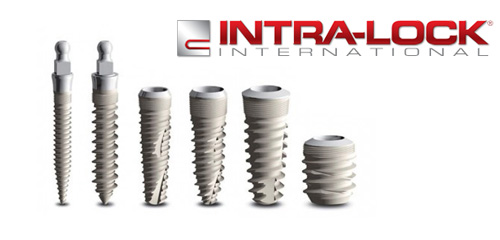Intra-Lock
- admin
- 0 Comments
- Drive Lock, intra, intra-lock, intralock, lock, MDL implants, mini implant, mini implants
Intralock Dental Implants
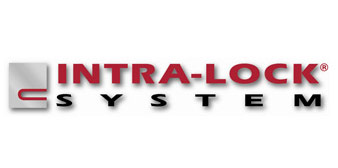 Intra-lock dental implants by Drive-Lock technology is headquartered in Florida, USA. Drive Lock technology eliminates a mount and enables the implant to be removed from its package, carried to the site and driven into place in one fluid motion. An advantage intelligently engineered into an eclectic spectrum of dental implant designs ranging from Wide Body Conics to Miniature Implants; External Hex to Internal Morse Taper connections.
Intra-lock dental implants by Drive-Lock technology is headquartered in Florida, USA. Drive Lock technology eliminates a mount and enables the implant to be removed from its package, carried to the site and driven into place in one fluid motion. An advantage intelligently engineered into an eclectic spectrum of dental implant designs ranging from Wide Body Conics to Miniature Implants; External Hex to Internal Morse Taper connections.
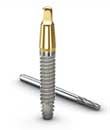
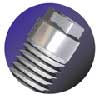
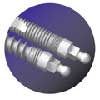
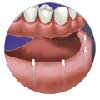
Range of Intra-lock Implants

Internal Intra-lock implants The Intra-lock internal implants comes in standard platform, wide platform and SQ platform. The Intralock internal connection internal prosthetic connections a lower center of gravity resists rotational and lateral forces and a supra-crestal interface is ideal for one-stage procedures.

External Intra-lock implant The intra-lock external implant comes in platform sizings of 3.3, 5.0, 4.0 and 4.3mm.

MDL Intra-lock dental implants The Mini Drive Lock (MDL implants) are miniature dental implant or mini-implants used to hold overdentures in place. The implants has been specifically engineered for penetration of Cortical Plate while withstanding occlusal forces for prosthetic longevity. MDL implants have an efficient self-tapping thread profile and a polished collar, just like a fullsized implant.

MILO Intra-lock dental implant Milo implants are 3.0mm diameter dental implants with an O-ball abutment built into the implant body. The implant comes with a crown and bridge implant abutment so that the implant can be used for overdentures and crown and bridge restorations.

